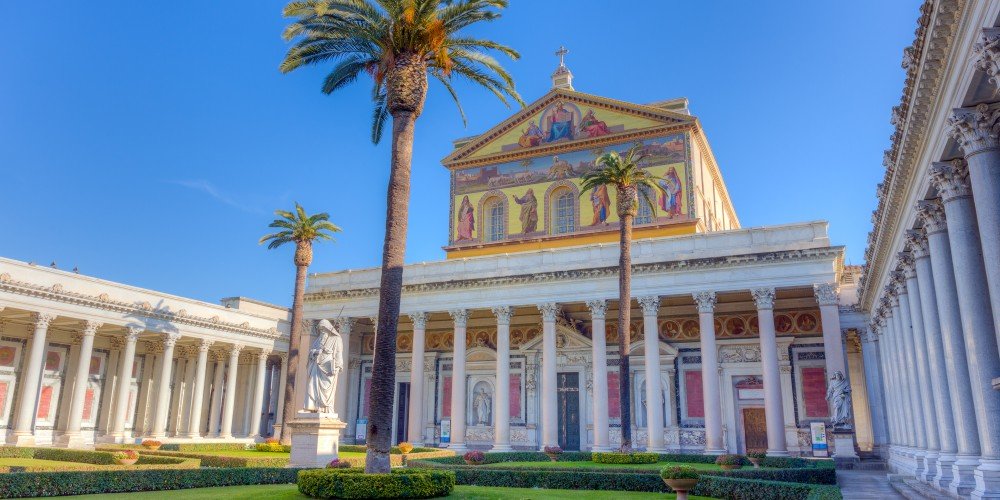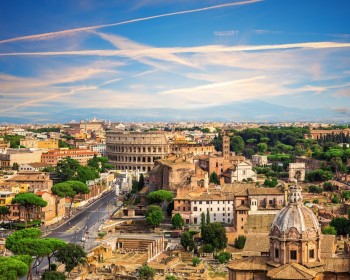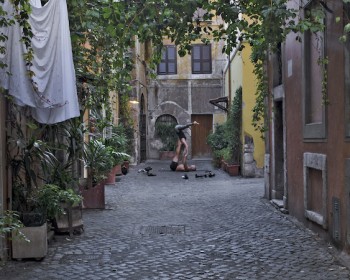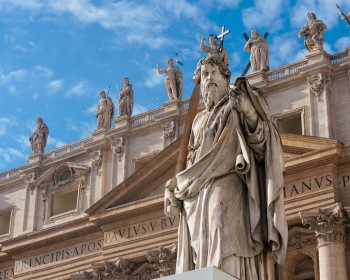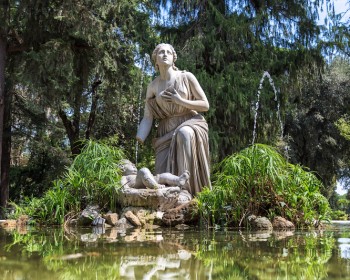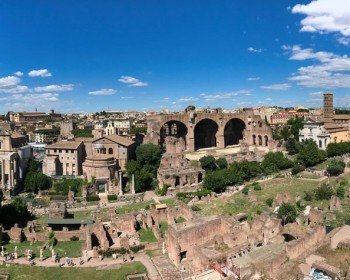Originally born as Saul around 6 A.D. in Tarsus, the Roman city which was the backdrop for Cleopatra and Marc Anthony’s first meeting, Saint Paul was an Israelite of the lineage of Benjamin. Belonging to a wealthy Pharisee family, he grew up learning the trade of his native province Cilicia, tentmaking. As a Pharisee, much like his father, he strongly opposed Christianity throughout his life, between 30–33 the writings state the persecuted followers of Jesus of Nazareth.
Discover our exclusive The Life of St. Paul Private Tour.
After spending years of his life faithful to the mission of persecuting Christians in Jerusalem and Judea, on the way to Damascus the then named Saul of Tarsus becomes blinded by a vision of Jesus who asks him “Saul, Saul, why persecutest thou me?” This leads to his conversion as well as to take on the name Paul as he heads to Arabia for three years and eventually returns to Damascus to preach the path of Jesus, his Messiah.
Forced to flee Damascus due to persecution he reaches Jerusalem and meets the Apostles. His relentless dedication to Christianity leads him down many roads to practice his preaching. From Tarsus, Antioch to Cyprus and Galatia, Paul begins his missionary journeys. At the Council of Jerusalem in 49 A.D. he purposefully preaches that Christians do not need to follow Jewish law. Between 55–57, Paul the Apostle is said to have been traveling through Greece and Illyricum and during this time frame, he writes letters to Romans.
In 57–59, upon his return to Jerusalem, Saint Paul is imprisoned at Caesarea for raising turmoil and, after appealing to Caesar, he requests to be brought to Rome as he is one of its citizens. A shipwreck on the way causes him to land in Malta, eventually, he reaches the Roman Empire’s Rome. Here, he lives under house arrest and takes time to write letters and preach to continue his mission. The Church of St. Paul alla Regola stands in Rome over the location where the Saint lived and wrote some of his letters. Once released after appearing before Nero the Emperor, Saint Paul journeys to Spain and continues to write letters.
In 64 A.D., in an attempt to shift the blame from himself for the Great Fire of Rome, Emperor Nero begins executing Christians. Saint Paul becomes one of the targets of the persecutions and this leads to him being arrested and transferred to Mamertine Prison. Here, according to legend, joined by Saint Peter also imprisoned there, he miraculously makes water appear and converts many prisoners. Upon orders of Emperor Nero, Saint Paul is beheaded in an area found to the south of Rome, Acquae Salviae. His head bounces to the ground three times, miraculously causing a stream of water to spring at each of these points. Thus, the three springs become known to believers who collect the water for its miraculous properties up until more modern times. Eventually, due to pollution, the streams of the Abbey of the Three Fountains that now stands over the location where Saint Paul was martyred were closed but may still be visited.
After his death, Saint Paul was buried in a Roman necropolis on Ostiense Way inside the family tomb of devotee Lucilla, this was possible due to the fact that despite being a Christian he was also a Roman citizen.
The magnificent Saint Paul Outside the Walls Basilica was built on this location to celebrate the Saint. Long believed to be located beneath the main altar of the Basilica, in 2016 the sarcophagus that may be holding his remains was uncovered. Dating back to 390 A.D., a marble tombstone bearing the inscription “Paulo Apostolo Mart.," ("Apostle Paul, Martyr.") was unearthed for the first time by the Vatican archeologist Giorgio Filippi. At the time of the discovery, the Vatican chose to withhold from studying the contents of the sarcophagus and authenticating the remains as the aim was to merely display the tomb for those who wish to honor it.
According to Filippi, the sarcophagus is the original one Emperor Theodosius encased Saint Paul’s remains in, as it is embedded in the layers of the basilica erected by him in 390 A.D. to enlarge the one originally ordered by Emperor Constantine in 320 A.D. over the burial place of Saint Paul as a memorial.
Author of more than half of the New Testament, Saint Paul was a prolific writer in a short period of time. His most recognizable passage is his definition of Love which is especially familiar to wedding attendees: “Love is patient, love is kind. It does not envy, it does not boast, it is not proud. It is not rude, it is not self-seeking, it is not easily angered, it keeps no record of wrongs. Love does not delight in evil but rejoices with the truth. It always protects, always trusts, always hopes, always perseveres. Love never fails. (1 Corinthians 13:4-8a)
